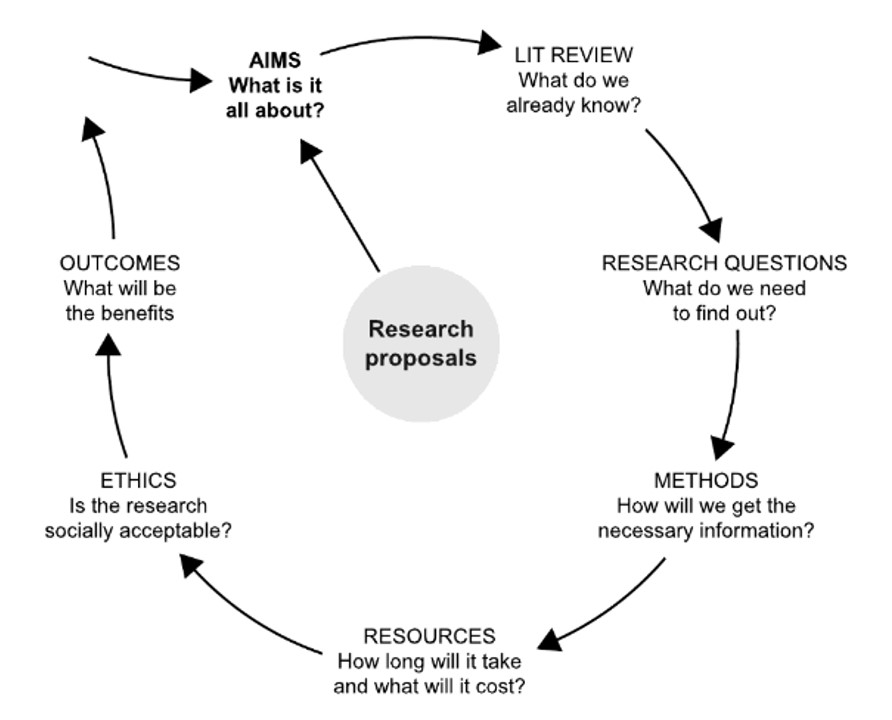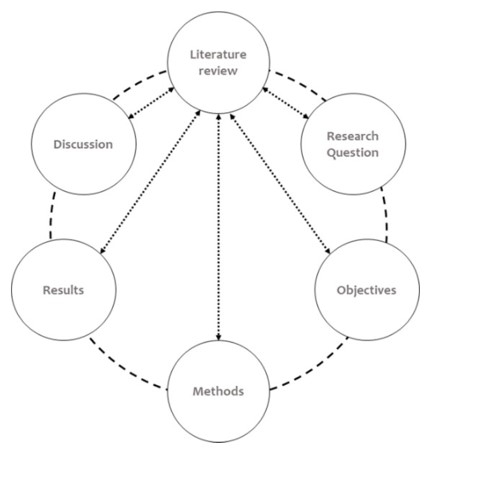Writing a stellar biomechanical engineering research proposal is an essential first step in any journey towards thesis or dissertation writing. Whether you’re a graduate student hoping to fund your research or a young scientist hoping to make a big impact on the field, you have to go through this tough and demanding task in each case.
The scope of biomedical engineering research and clinical trials using various medical devices is increasing day by day.
According to a report on LinkedIn, the global market size of bioengineering technology was estimated at $239.1 billion in 2022. However, from 2023 to 2029, revenue is projected to increase at a compound annual growth rate (CAGR) of 12.3%, reaching nearly $538.56 billion.

In order to better understand and treat diverse biological systems and processes, the multidisciplinary area of biomechanical engineering combines the concepts of biology with mechanical engineering.
It is the driving force behind a wide range of commonplace products, including healthy plastics, delicious meals, trendy clothing, and life-saving medications. It’s like a miraculous fusion of design and science that enhances the beauty of our planet!
Most students find it difficult to write on such a tough subject, so they mostly choose to get research proposal writing services online. You can also make this process easier by contacting a reliable company like The Academic Papers UK.
Here, we will go through all the necessary steps to help you write an outstanding biomechanical engineering research proposal.
How to Develop a Research Proposal on Biomechanical Engineering
1. Identify the Topic and Goals of Your Research
Deciding on your study topic and goals is the first and most important stage in writing successful biomechanical engineering research proposals.
What particular biomechanical issue are you trying to solve, and what are the objectives of your research? We understand that it becomes difficult for students to choose a topic and to accomplish its goals, but that is necessary to show the significance of your work.
You have to find your research area and develop a strong hypothesis. For that, an extensive survey of the literature is essential. It will help you to find out the areas of knowledge gaps and select biomechanical engineering research proposal topics accordingly.
According to the book Research Proposals by Martyn Denscombe, the aims of a research proposal are:

2. Formulate a Compelling Research Question
Well, it is not a cup of tea to find a compelling research question. You should mainly focus on formulating a unique, well-organised and narrowly defined research question to explain your topic easily.
Furthermore, avoid asking questions that are too general or ambiguous because they can lessen the significance and viability of your proposal. Make sure that your query is precise, clear, purposeful, and relevant to the discipline of biomechanical engineering.
3. Review of Literature
A thorough literature review is necessary to show that you already understand the field you have selected. This part of your proposal should describe the present state of the area and highlight how your work will fill in knowledge gaps or advance existing understanding.
To demonstrate that you are knowledgeable about the most recent findings in the field, be sure to quote relevant and recent papers in your biomechanical engineering research proposal writing.
According to a paper published in Approaching Literature Review for Academic Purposes: The Literature Review Checklist, a survey of the literature is connected to various other things, such as:

4. Develop a Hypothesis
A precise and verifiable hypothesis that directly responds to your research question should be part of your study proposal. Your research will be built around this hypothesis, which will direct your experiments, data analysis, and conclusions. Before developing a solid hypothesis, you should read and understand various aspects of biomedical engineering.
Such an explanation is given in a research paper published in March 2023:

5. Experimental Design and Methodology
Provide an overview of your research strategy and the computational or experimental methods you want to use in the methodology section. Give a thorough explanation of your strategy, outlining the tools, supplies, and techniques for data analysis.
Along with that, explain how these experimental designs connect to your research question and hypothesis.
6. Importance and Originality
Indicate the importance of your study and how it advances the subject of biomechanical engineering. Describe the important parts of your suggested work and how they vary from or expand upon previous findings. You have to make every effort to make sure that your project is innovative as well as valuable.
7. Preliminary Results (if applicable)
It depends on your biomechanical engineering research proposal writing and whether it needs any prior results or not. This is where you should display any preliminary data that you may have.
Initial findings might demonstrate the viability and possible success of your study. Don’t panic, though, if you don’t have any expected initial results—not every project needs them.
8. Timeline and Milestones
Make a timeline that details each step of your research, from gathering data to reporting and analysis. Give each step clear due dates and milestones. If you want to plan and manage a large project, consider a thoughtful timeline and do hard work to complete it on time.
According to the book Writing A Research Proposal (UTeM Press), completing milestones and timelines is the key to a successful research proposal.

9. Budget
Calculate how much money you’ll need for your research and put it in your biomechanical engineering research proposal. Add the cost of staff, supplies, equipment, materials, chemicals, and other project-related expenses.
Make sure the size and scope of your study are reflected in your budget. And most importantly, choose a strategy that doesn’t exceed the budget limits and clearly explain each and every cost in your biomechanical engineering research proposals.
10. Moral Points to Remember
Any ethical issues your research raises, such as using human or animal subjects, data privacy, or possible environmental effects, should be addressed. Describe how you plan to address ethical issues and guarantee adherence to the relevant laws. Avoid violating any law while researching or gathering data, as they will also lead you to suffer somehow.
11. Teamwork and Collaboration
Highlight any partnerships or collaborations that will improve the calibre and significance of your study. If a multidisciplinary approach is needed for your project, specify each team member’s responsibilities and functions.
12. Citations
Provide a thorough list of citations and references to support the claims and background data in your proposal. Format your references correctly using the citation style that the funding organisation or institution requires. Make sure to add everything along with their references to maintain academic integrity.
13. Proofread and Edit
Make sure your proposal is well-edited and proofread for grammar, coherence, and clarity before submitting it. Remove all the mistakes to make your biomechanical engineering research proposal perfect and error-free. A proposal that is organised and free of errors shows professionalism and close attention to detail.
14. Seek Feedback
Never be afraid to ask peers, advisers, mentors, or coworkers for feedback. Professionals in your field can also offer helpful advice that you can use. Their positive criticism can assist you in improving your idea and raising the chances of its acceptance.
15. Submission
Go through the instructions the sponsoring organisation or institution has supplied for submission. Be mindful of the formatting requirements, page restrictions, and submission dates. Proposals that are late or poorly structured may be rejected without examination.
Moreover, prepare yourself for review and presentation well. You should be ready for questions that can come up throughout the review process by practising your presentation techniques.
Conclusion
To sum up, creating a stellar biomechanical engineering research proposal is a demanding process requiring extensive preparation and a thorough understanding of the field.
You can improve your chances of getting financing for your research project and significantly advancing the subject of biomechanical engineering by following the above steps. Keep in mind that your proposal demonstrates your commitment and capacity for doing research.
However, if you still find it difficult to get a start, you should not waste your time thinking about how to do it. Make up your mind to get research proposal writing services from the experts of The Academic Papers UK. They have biomechanical engineering research proposal writers who can assist you anywhere and anytime.

